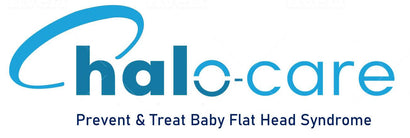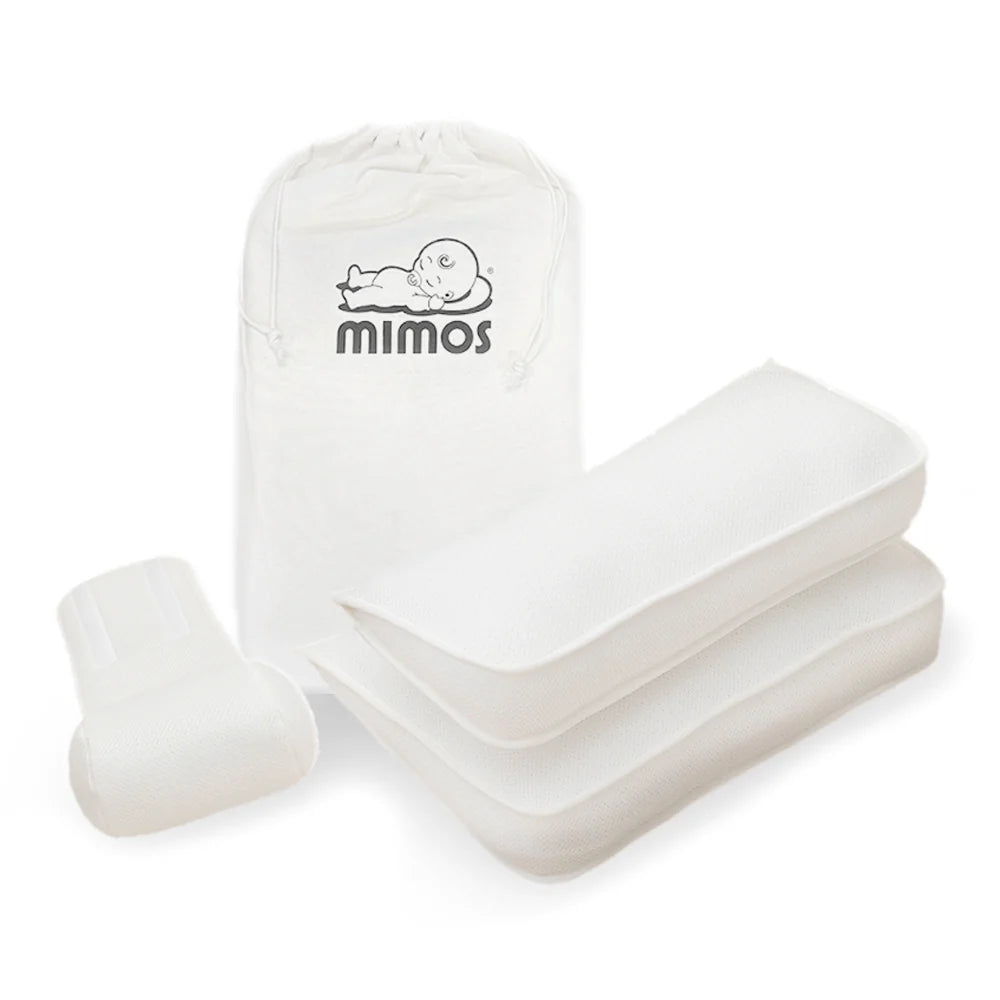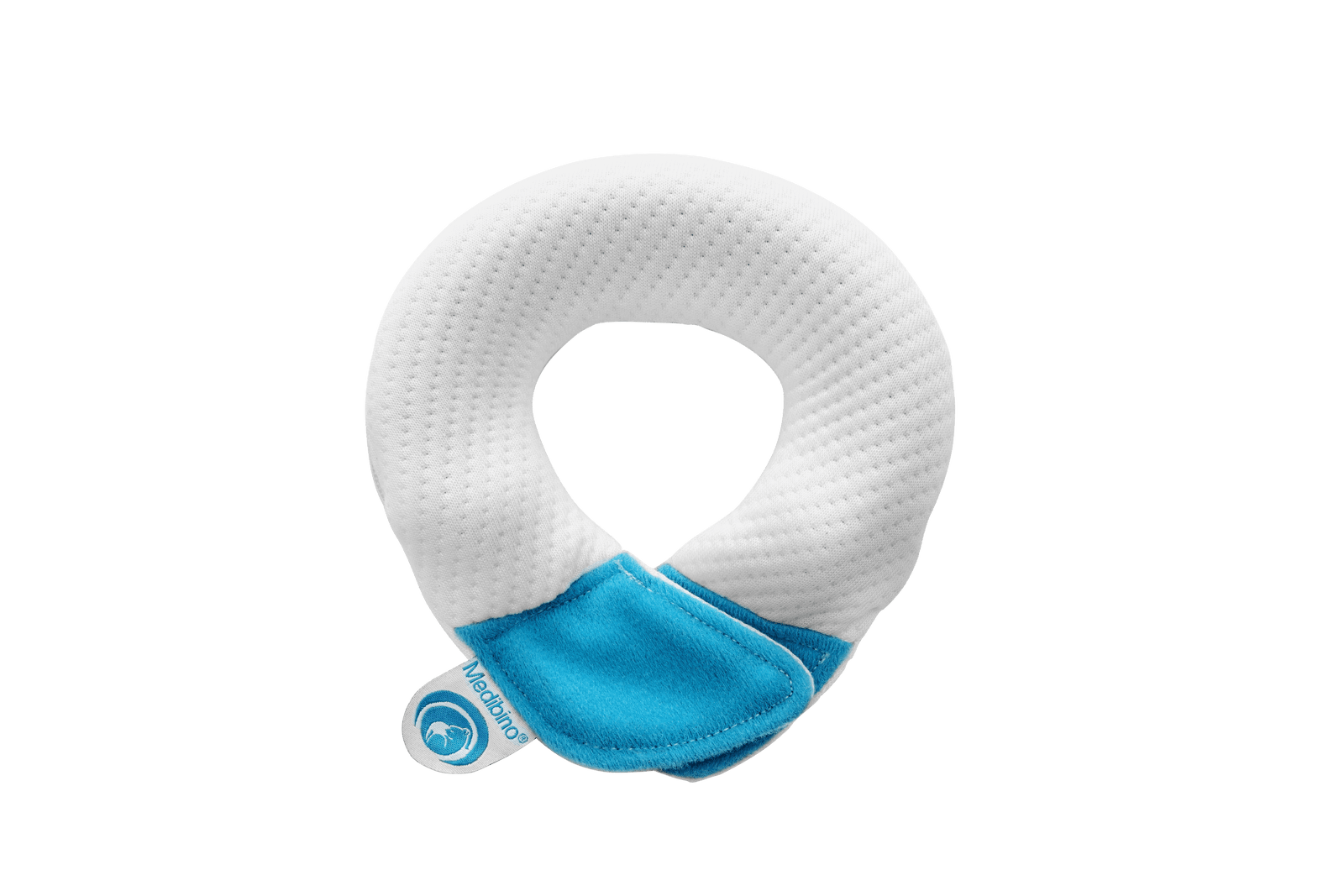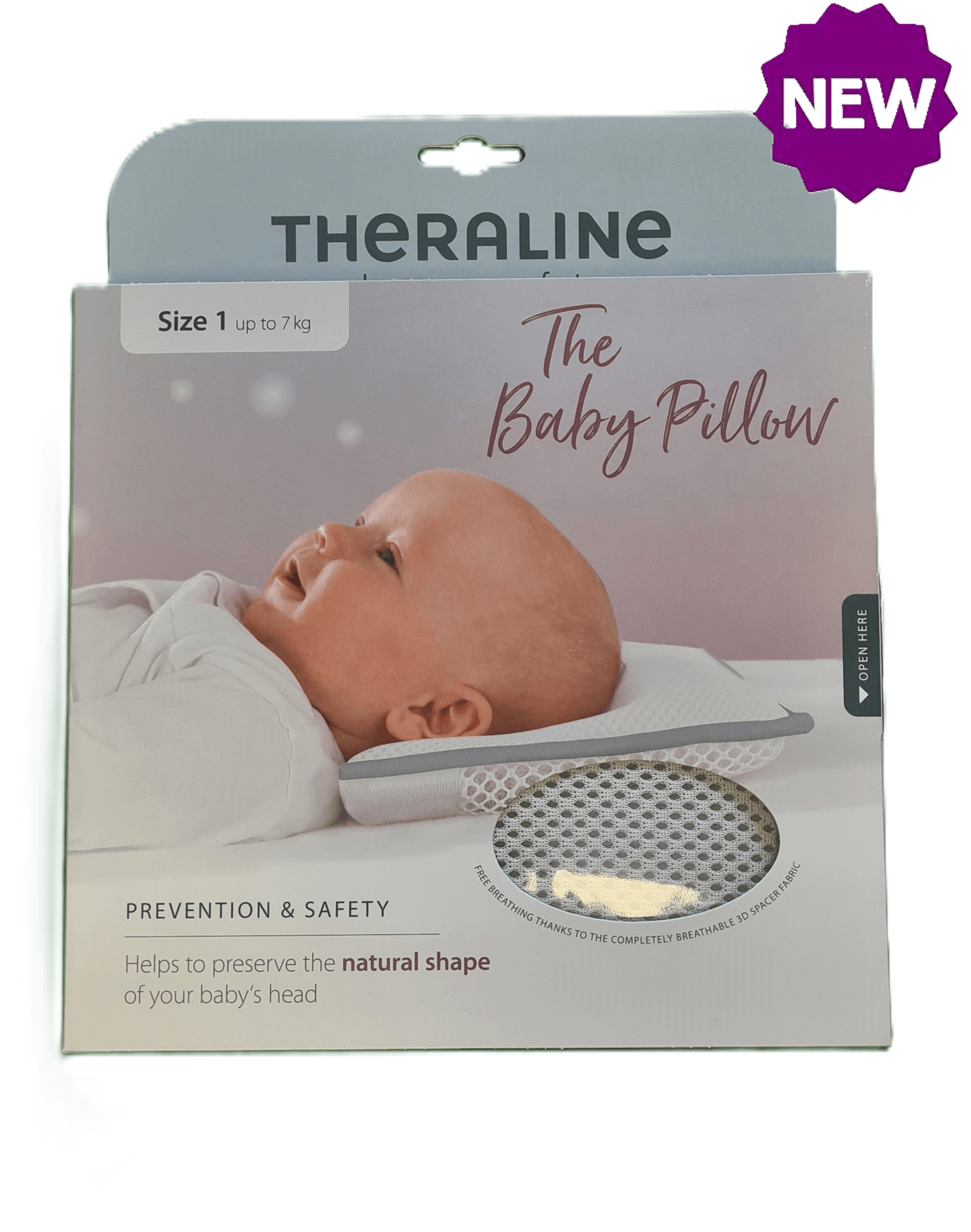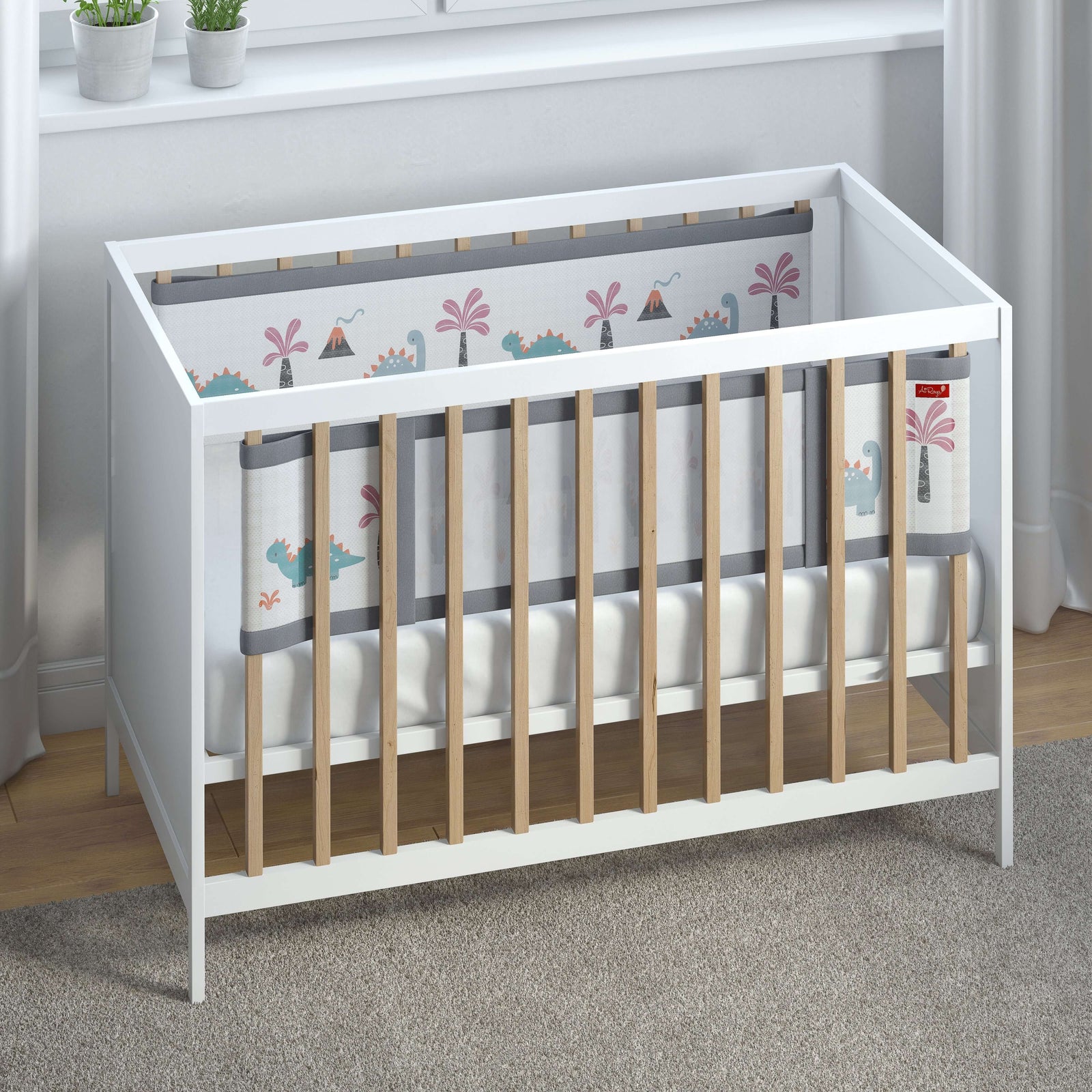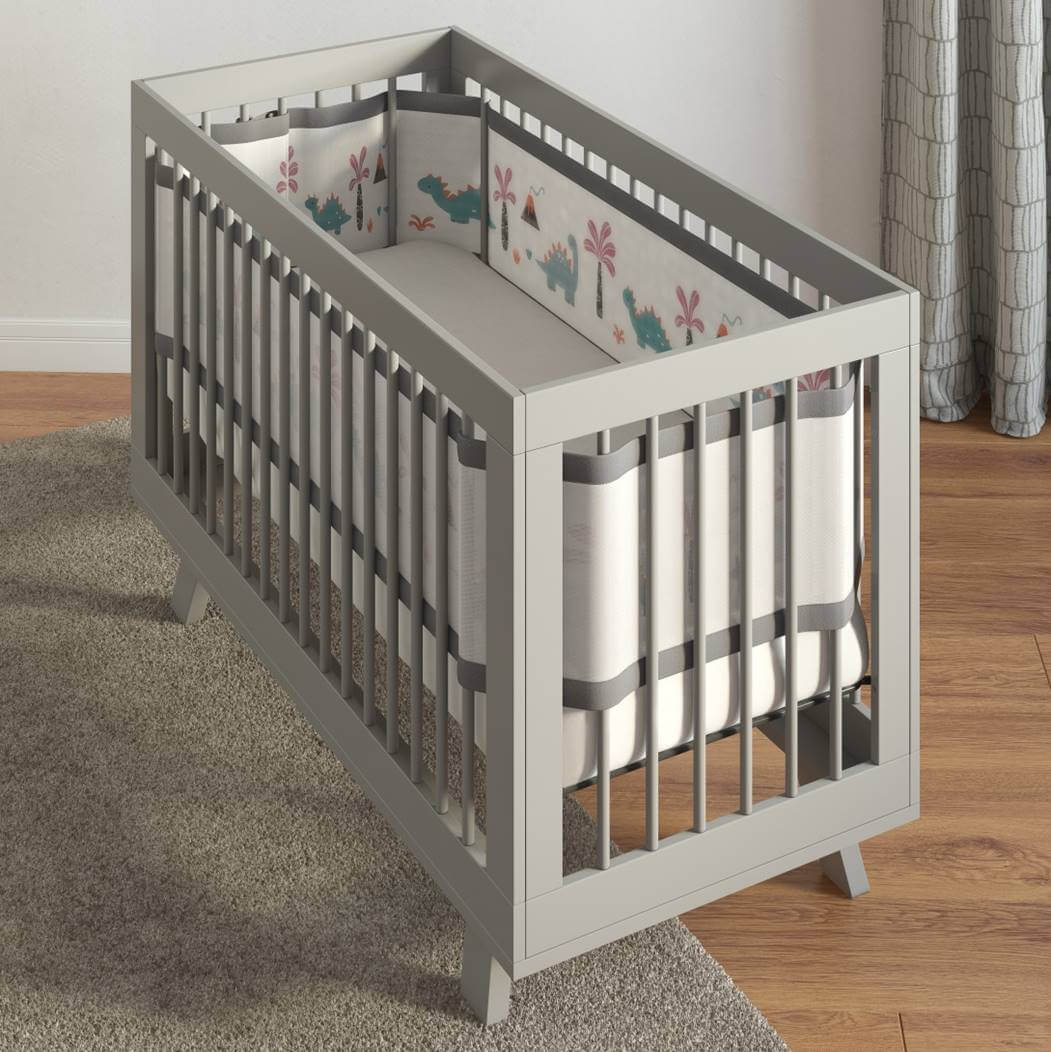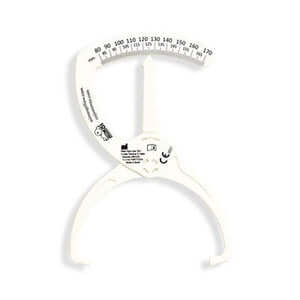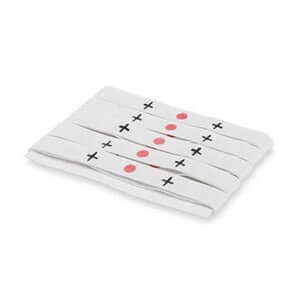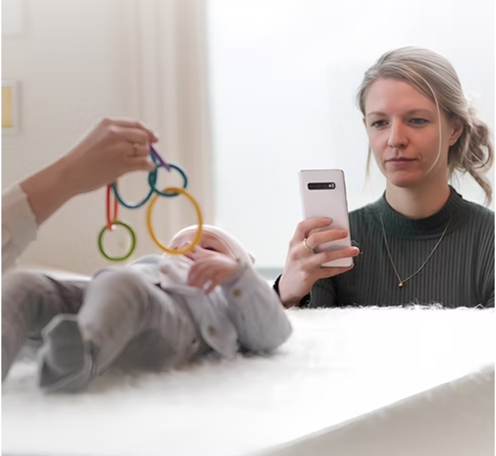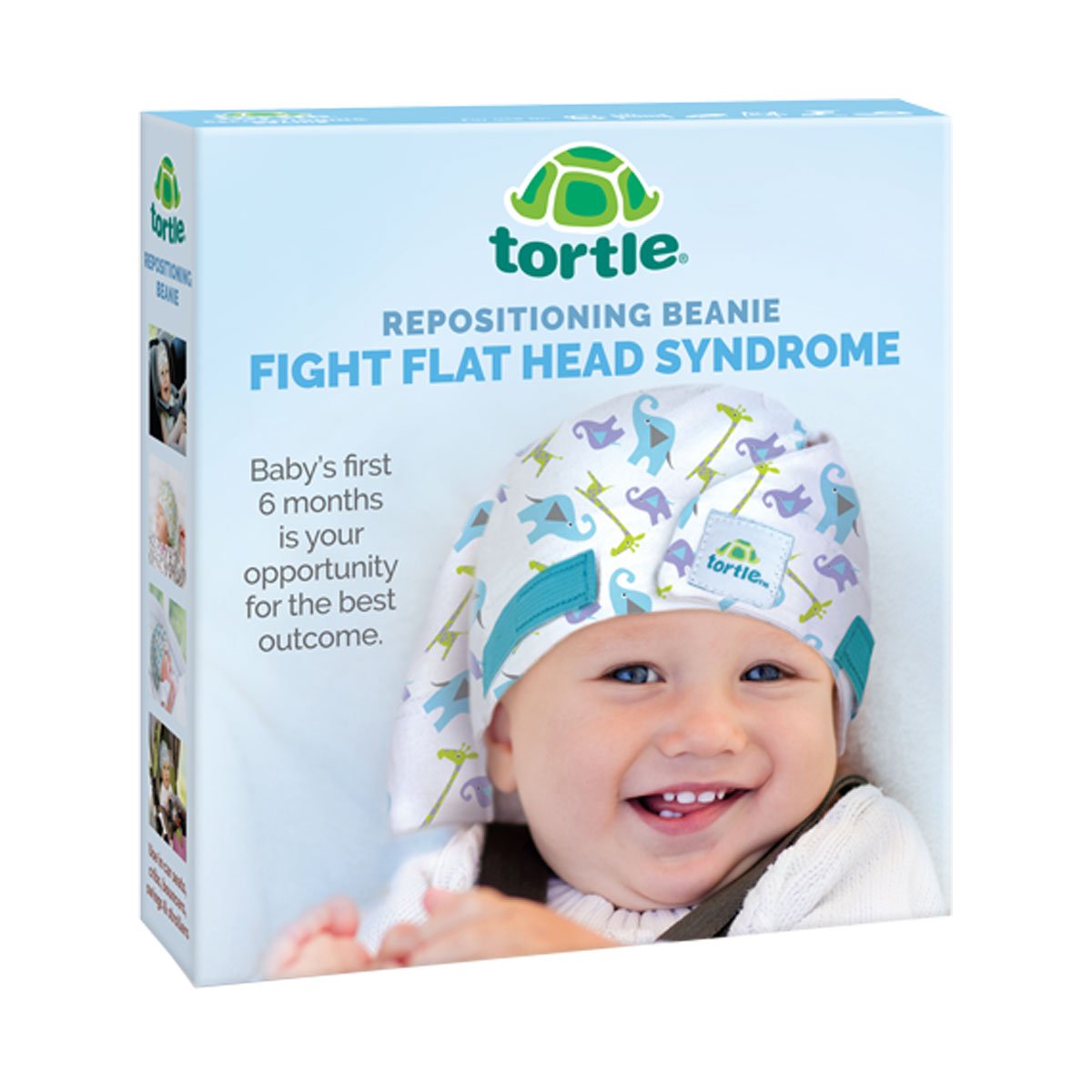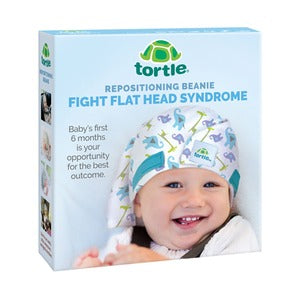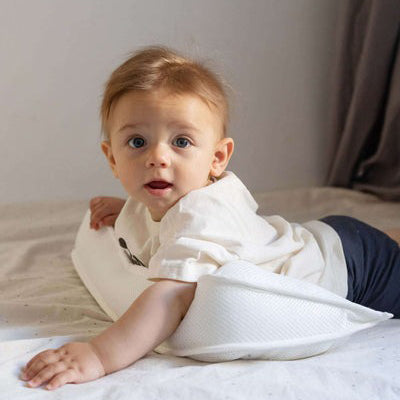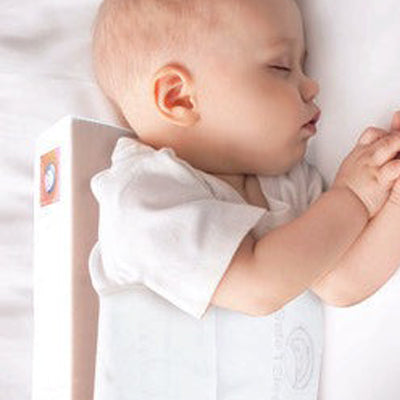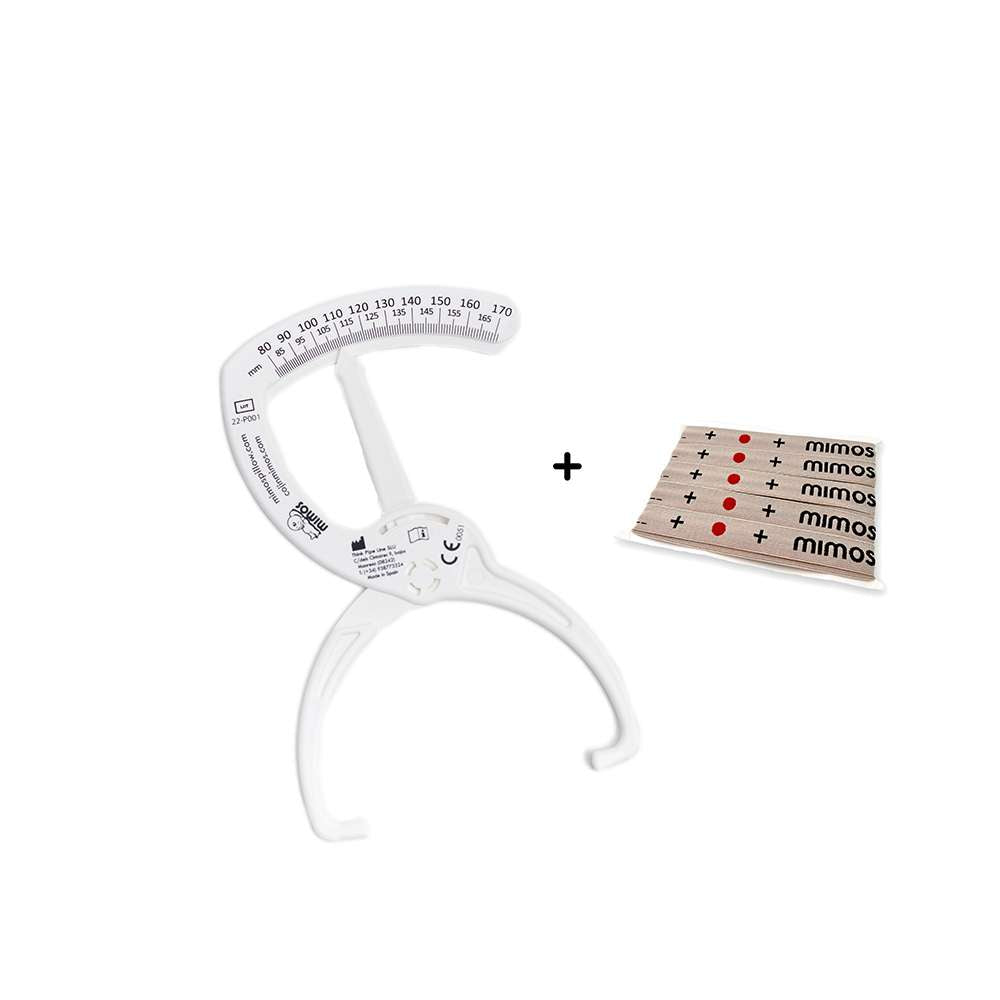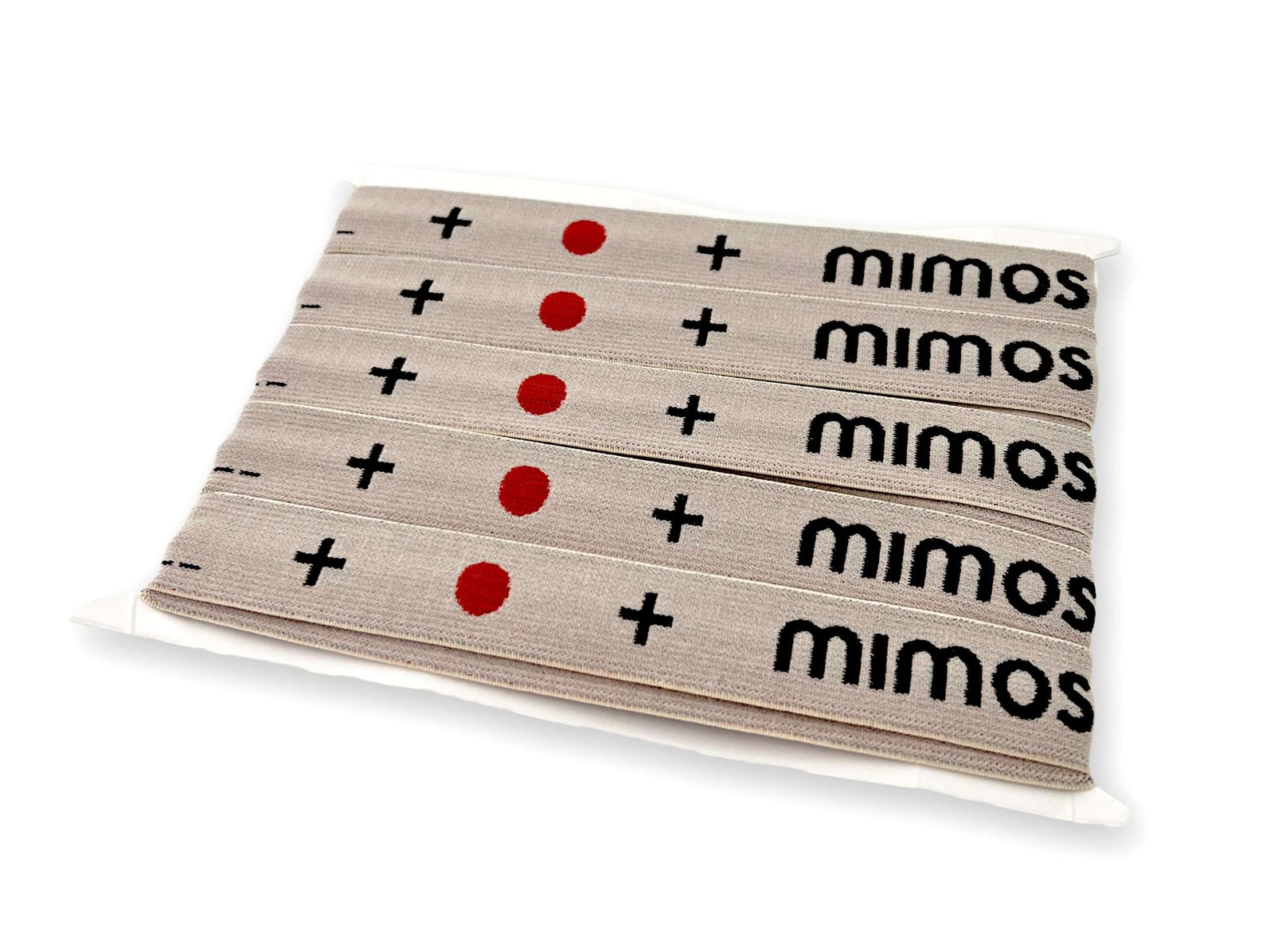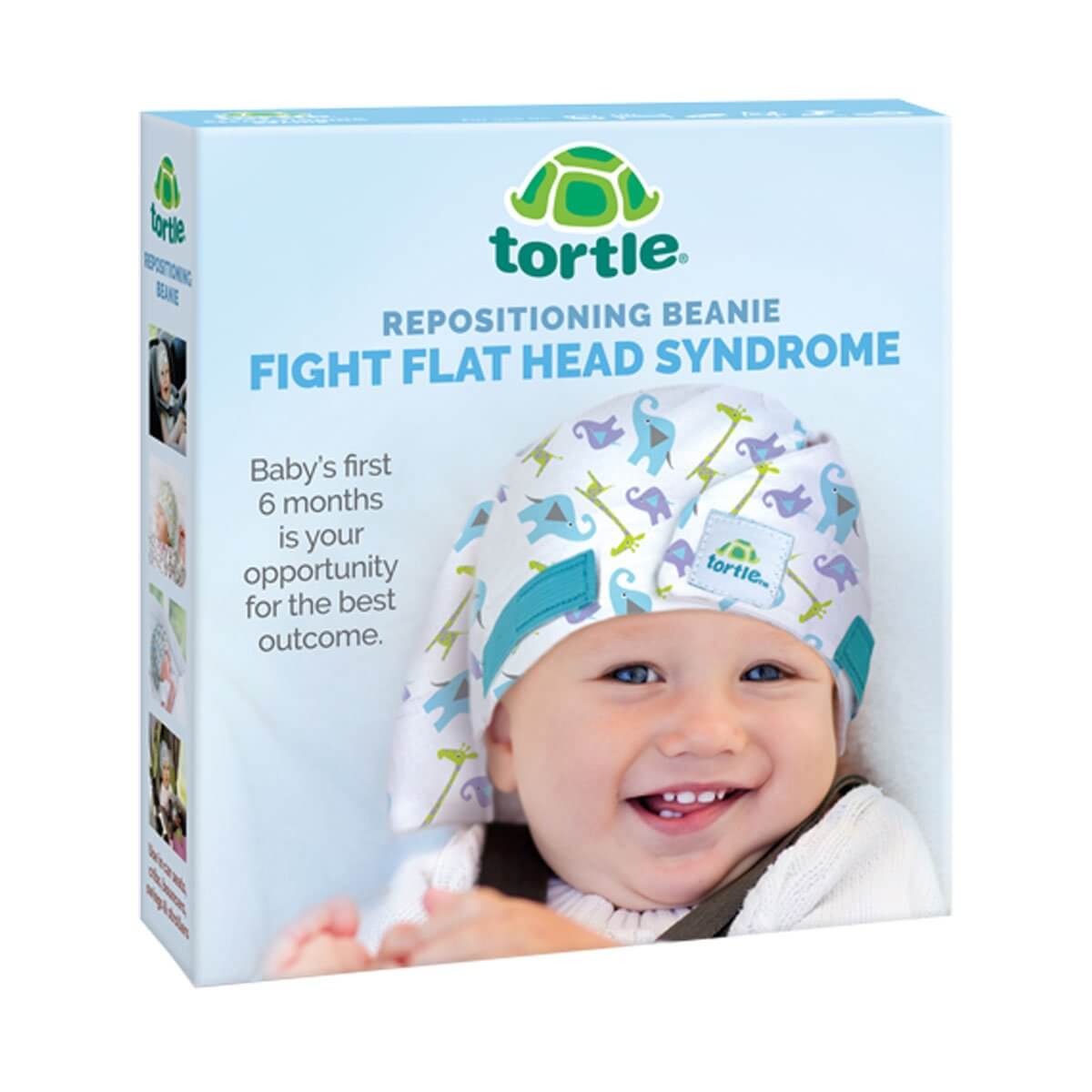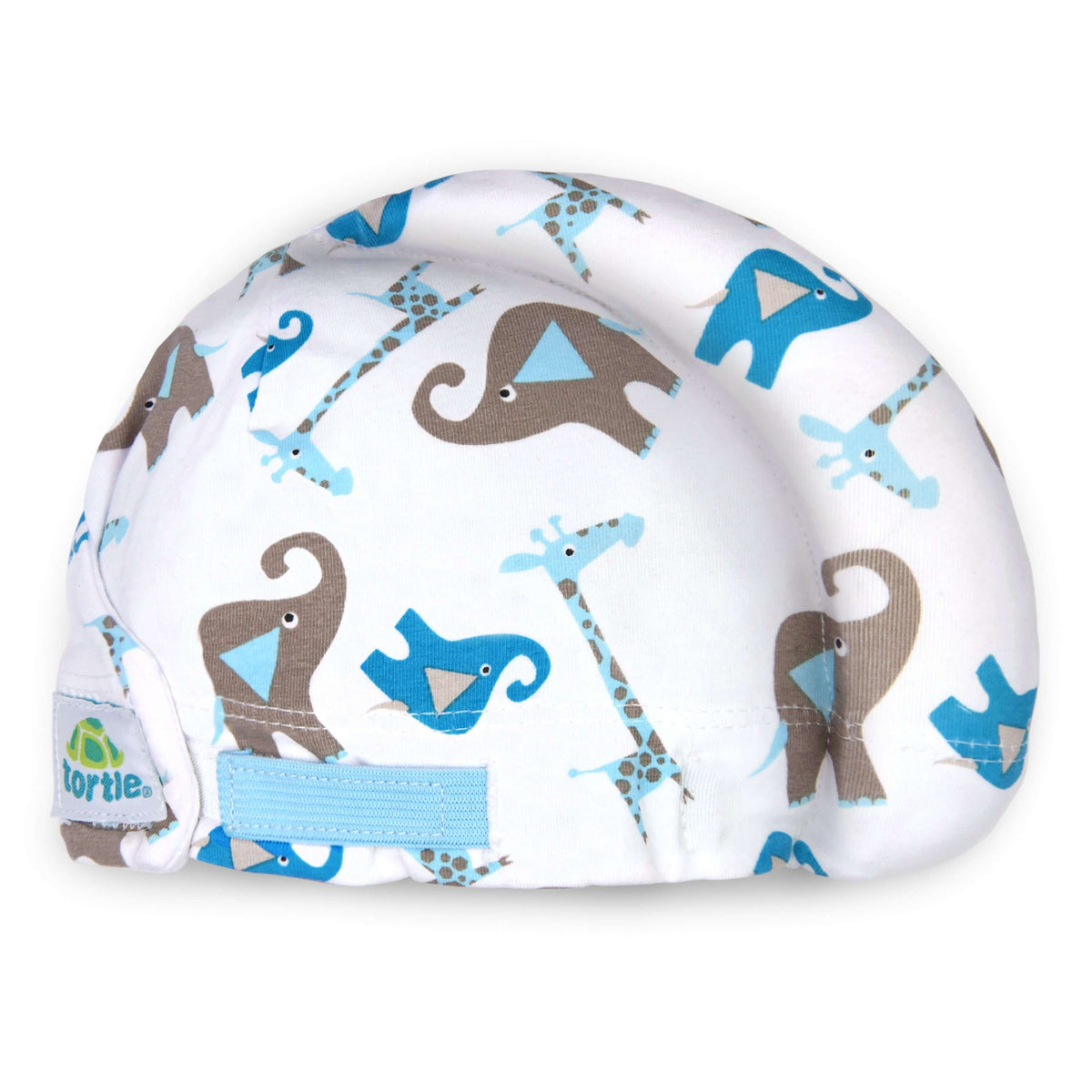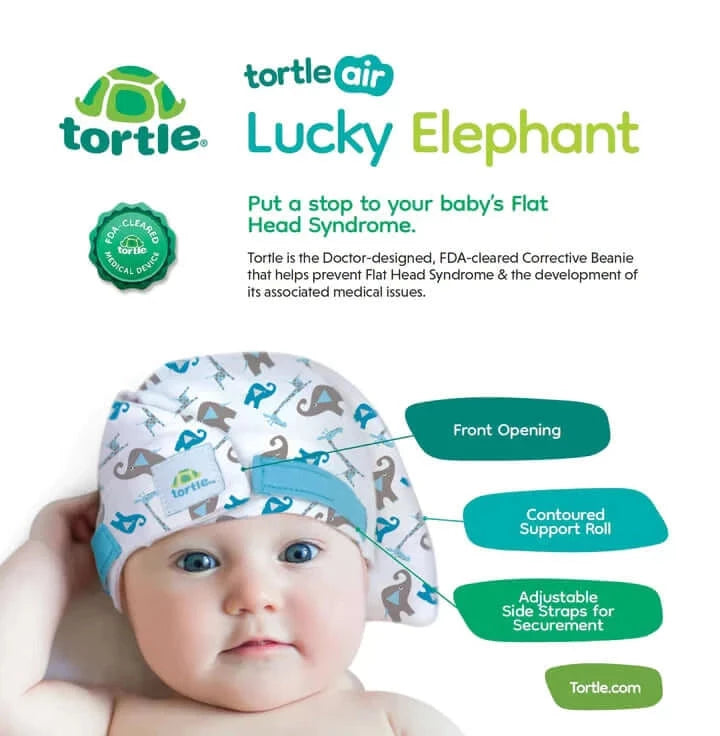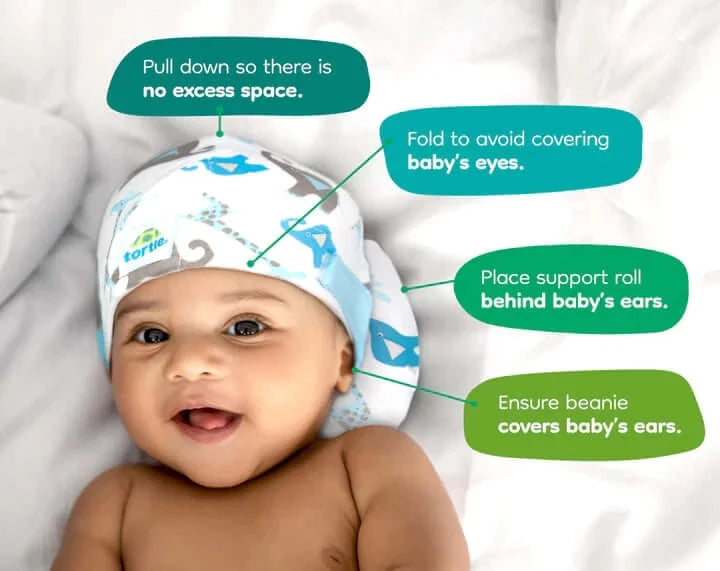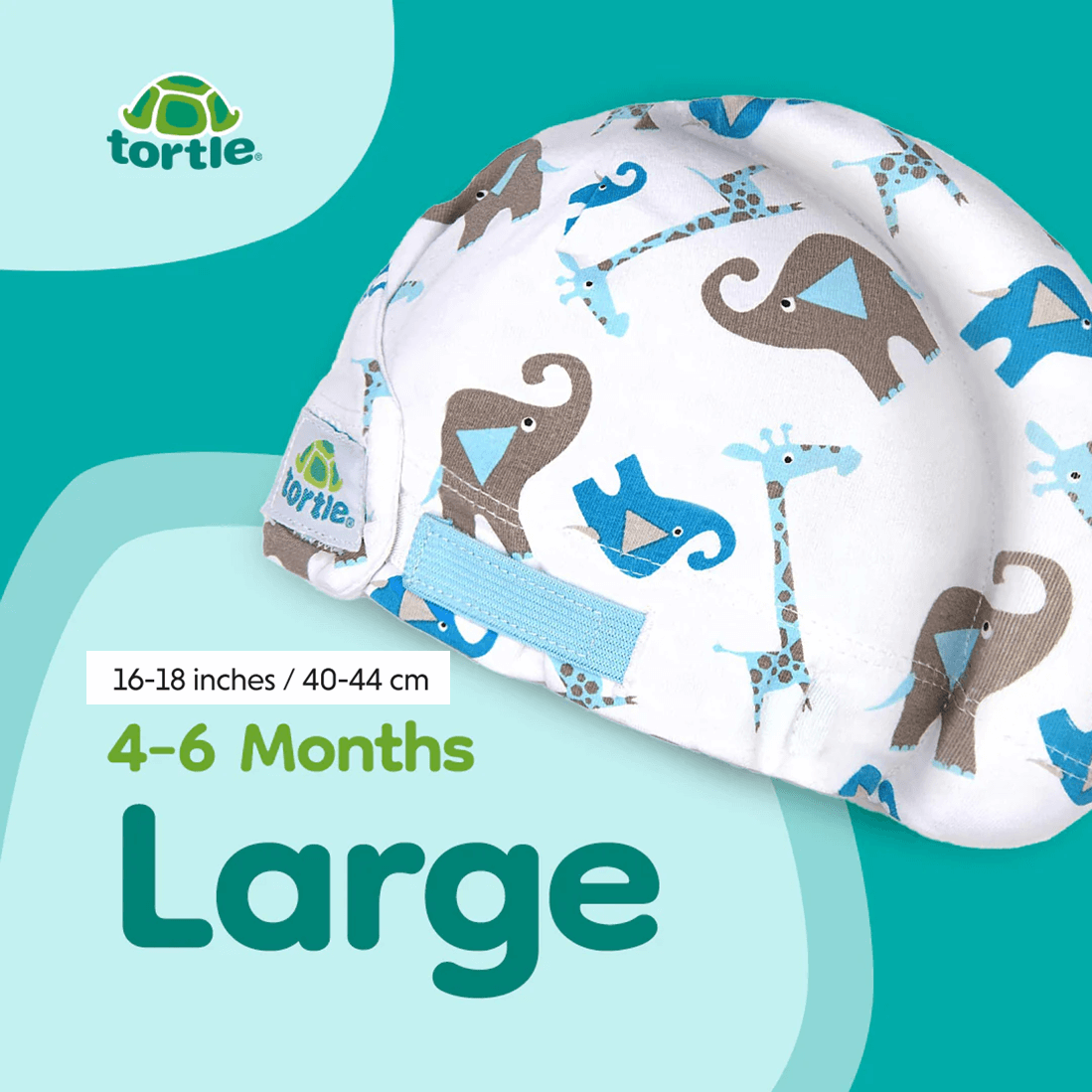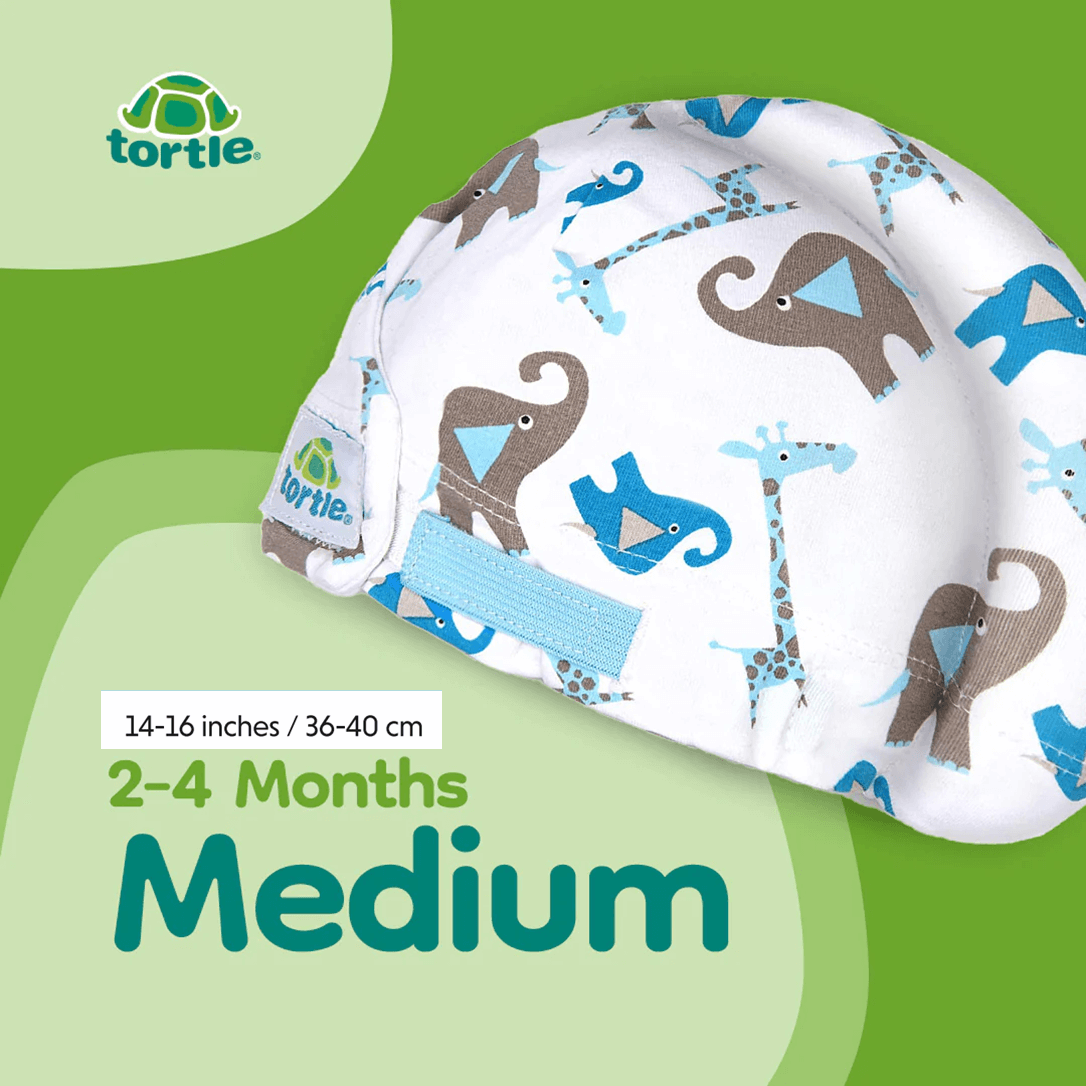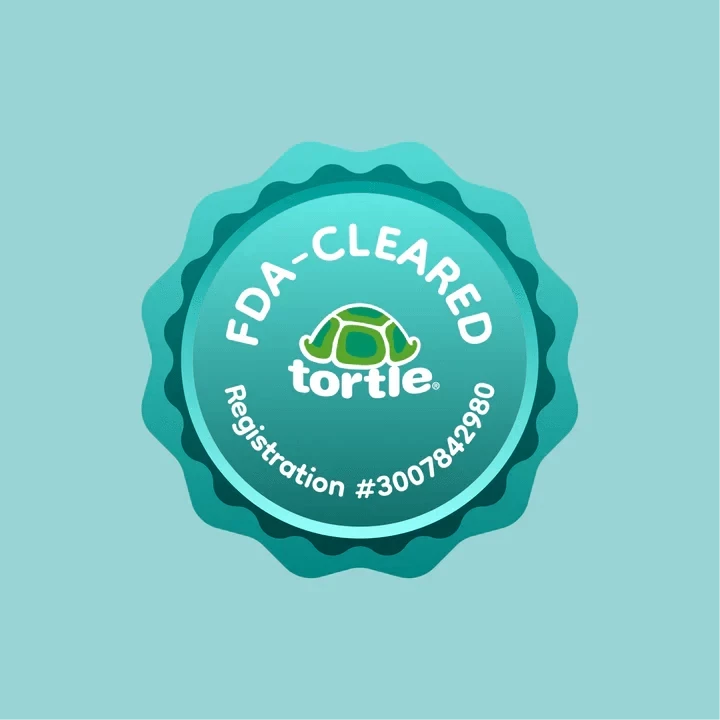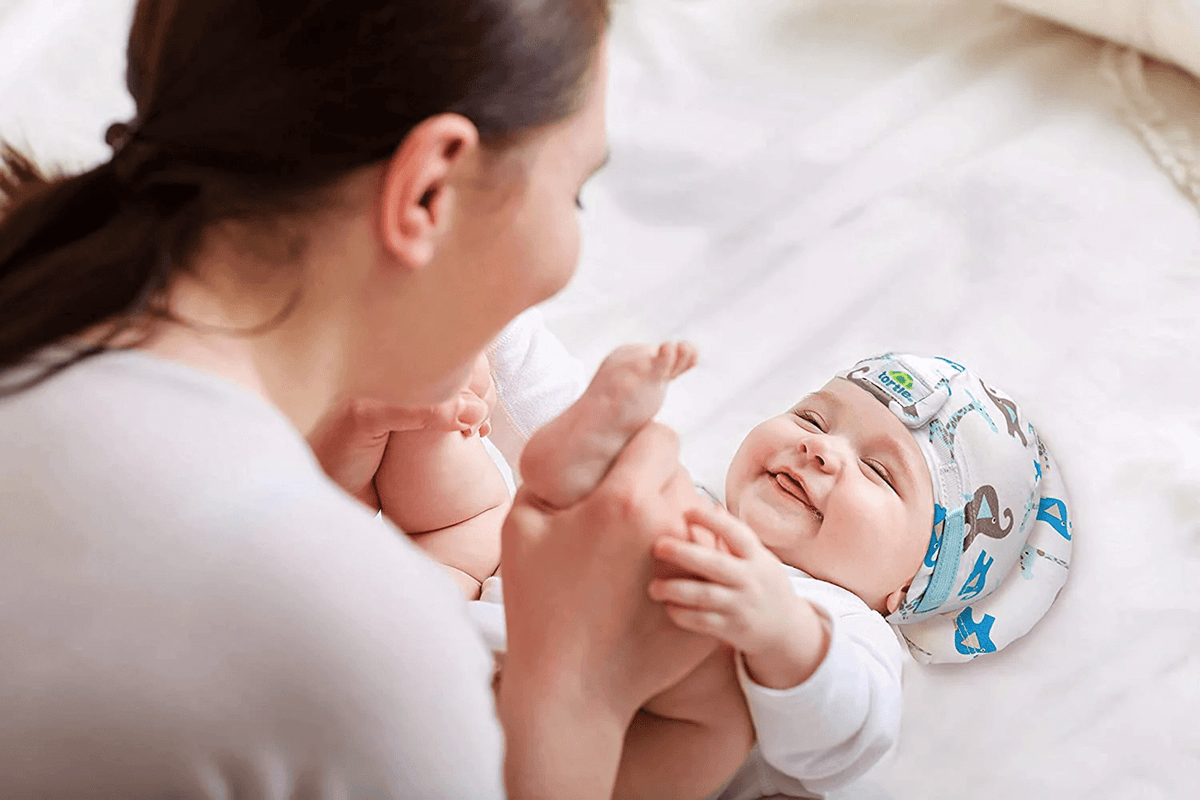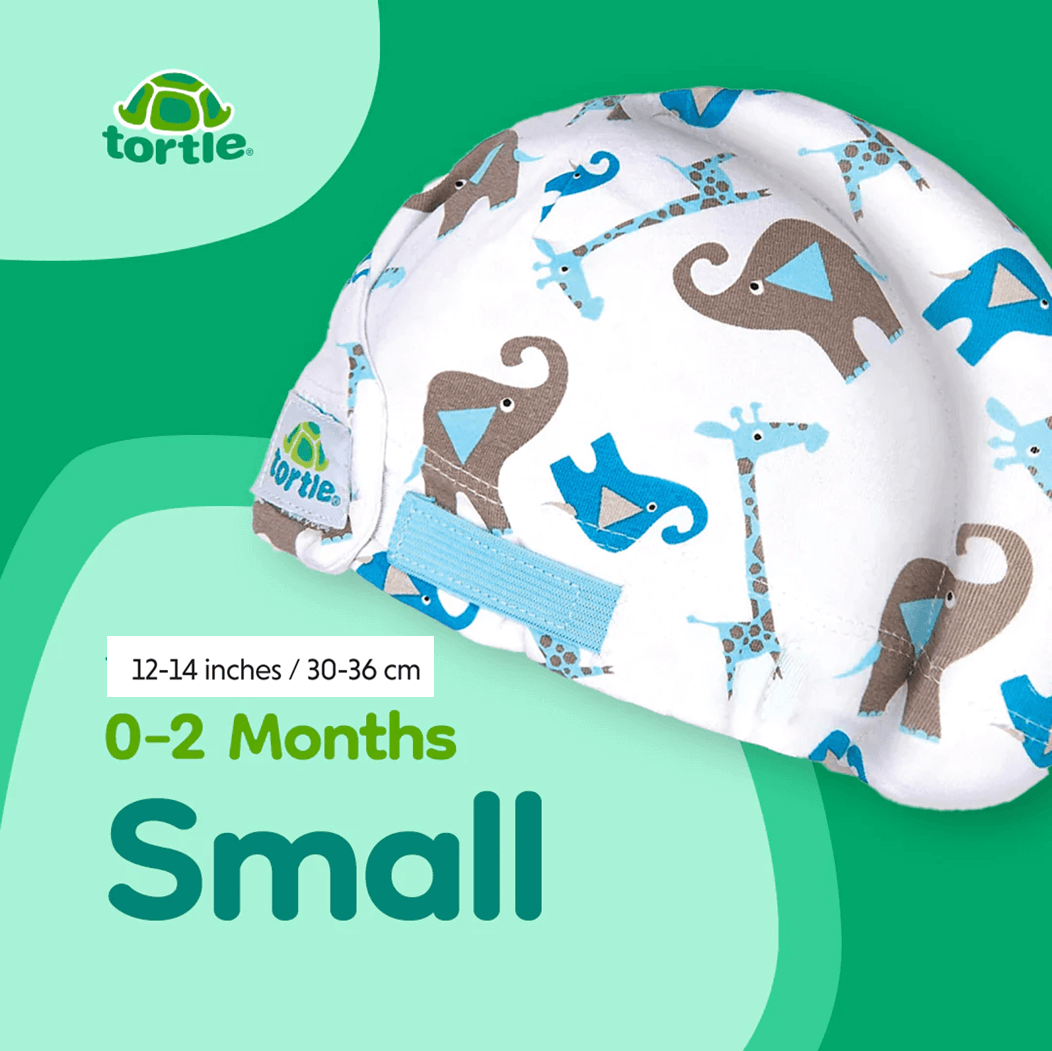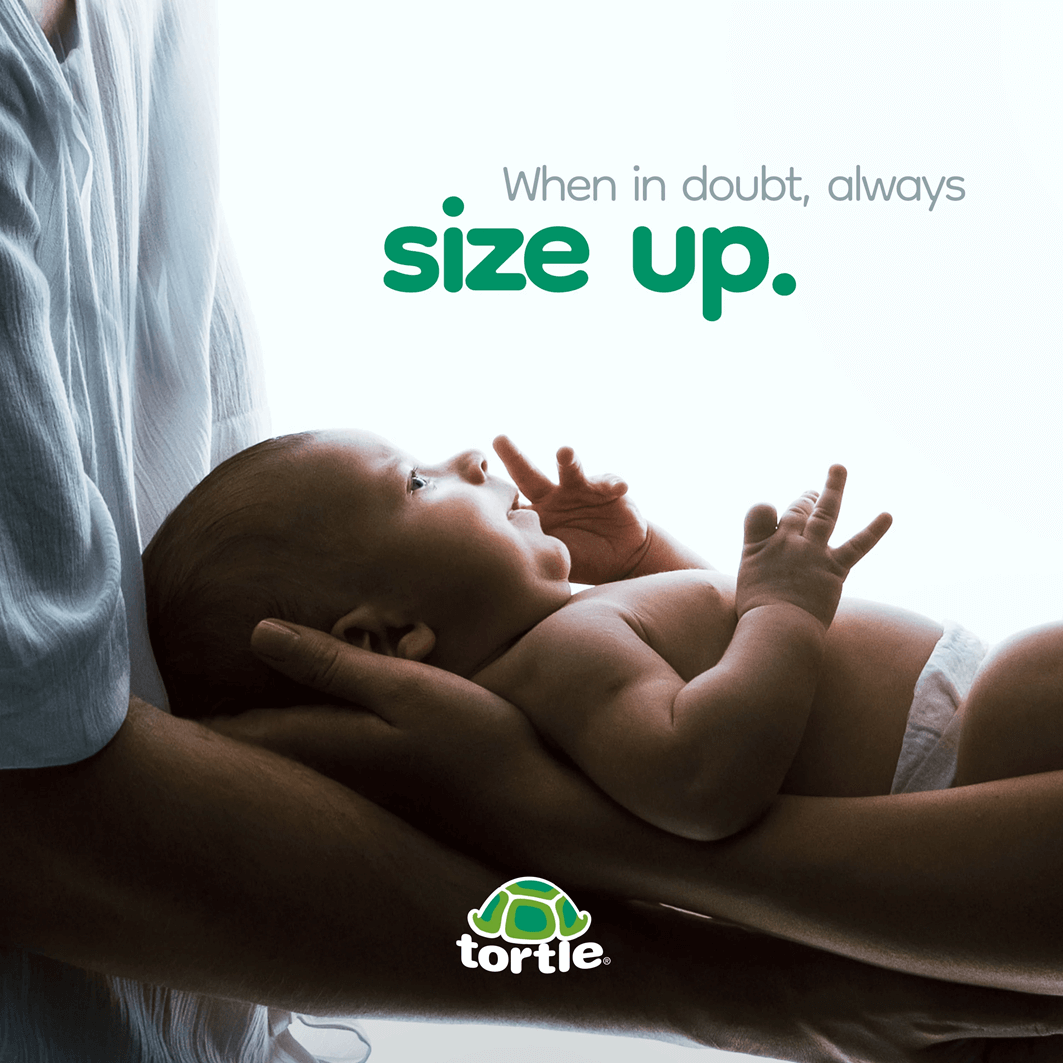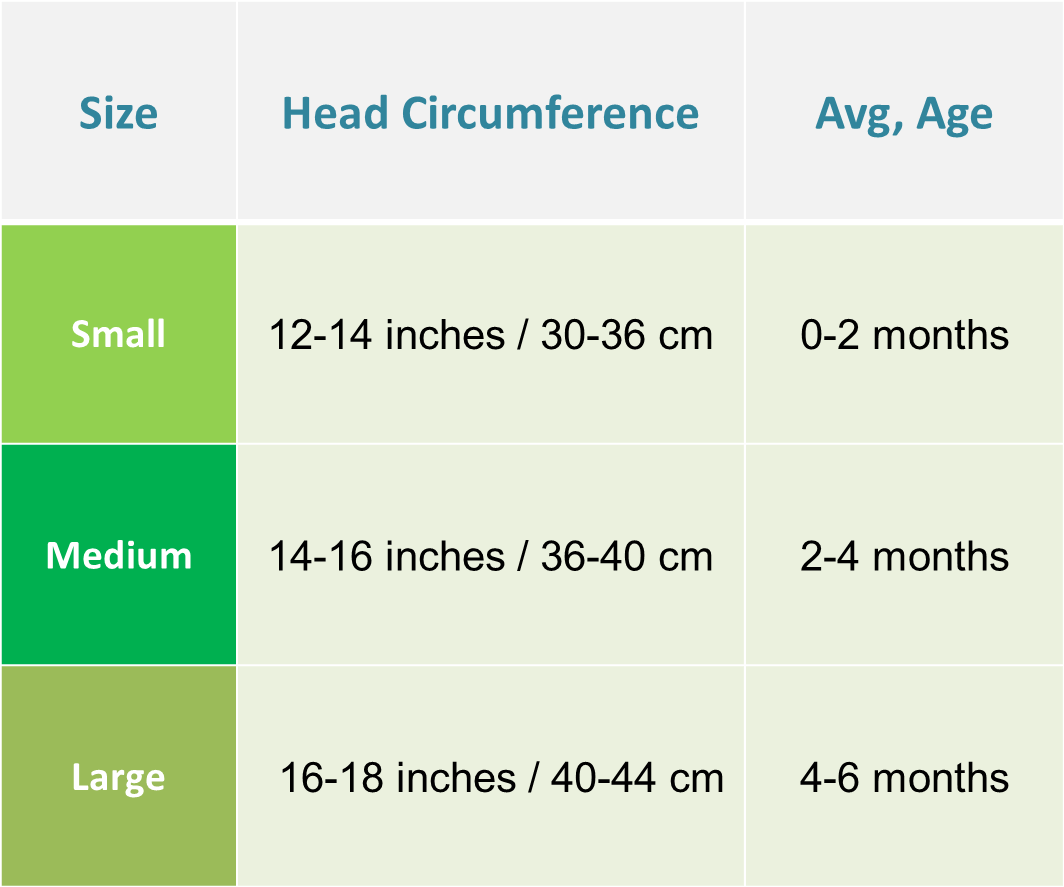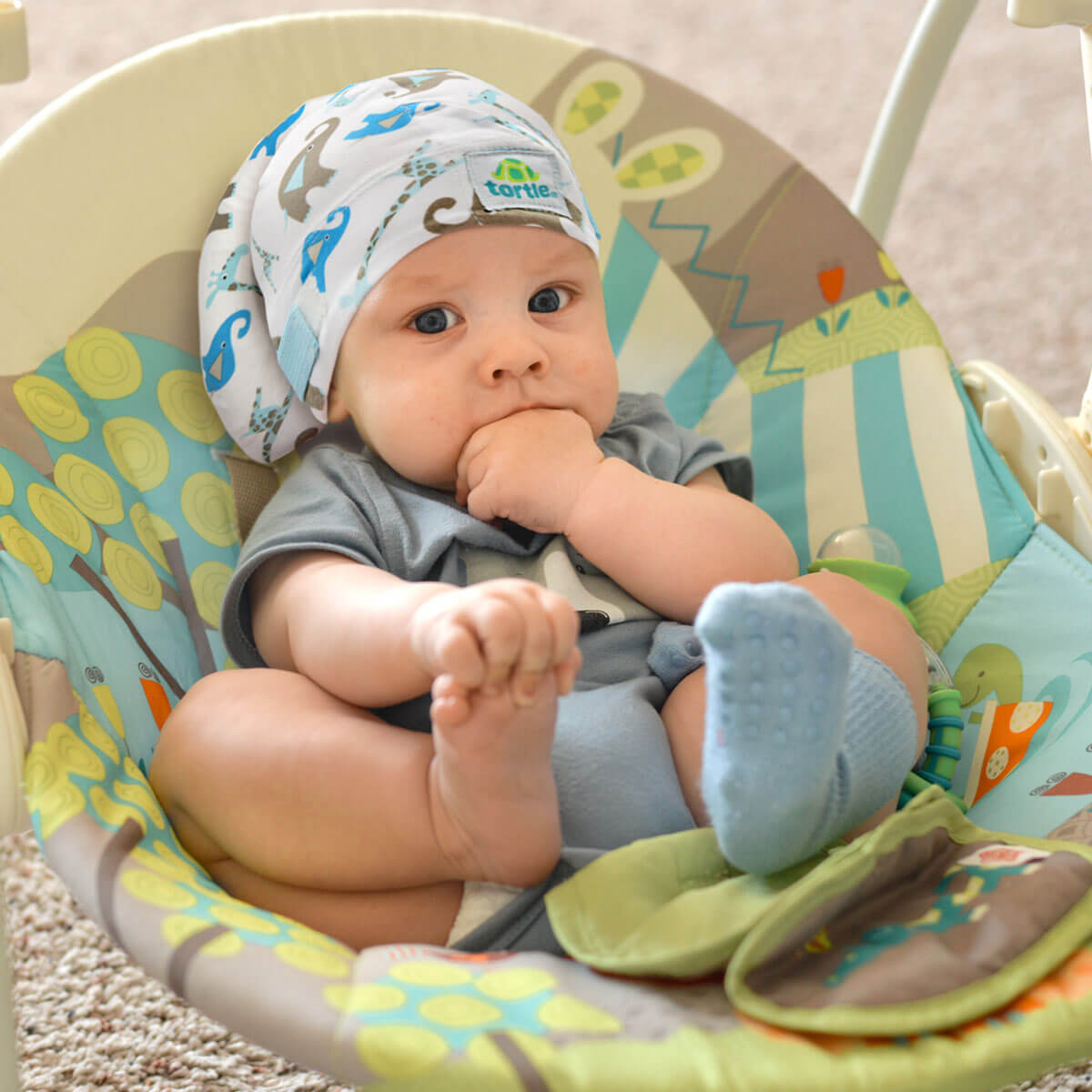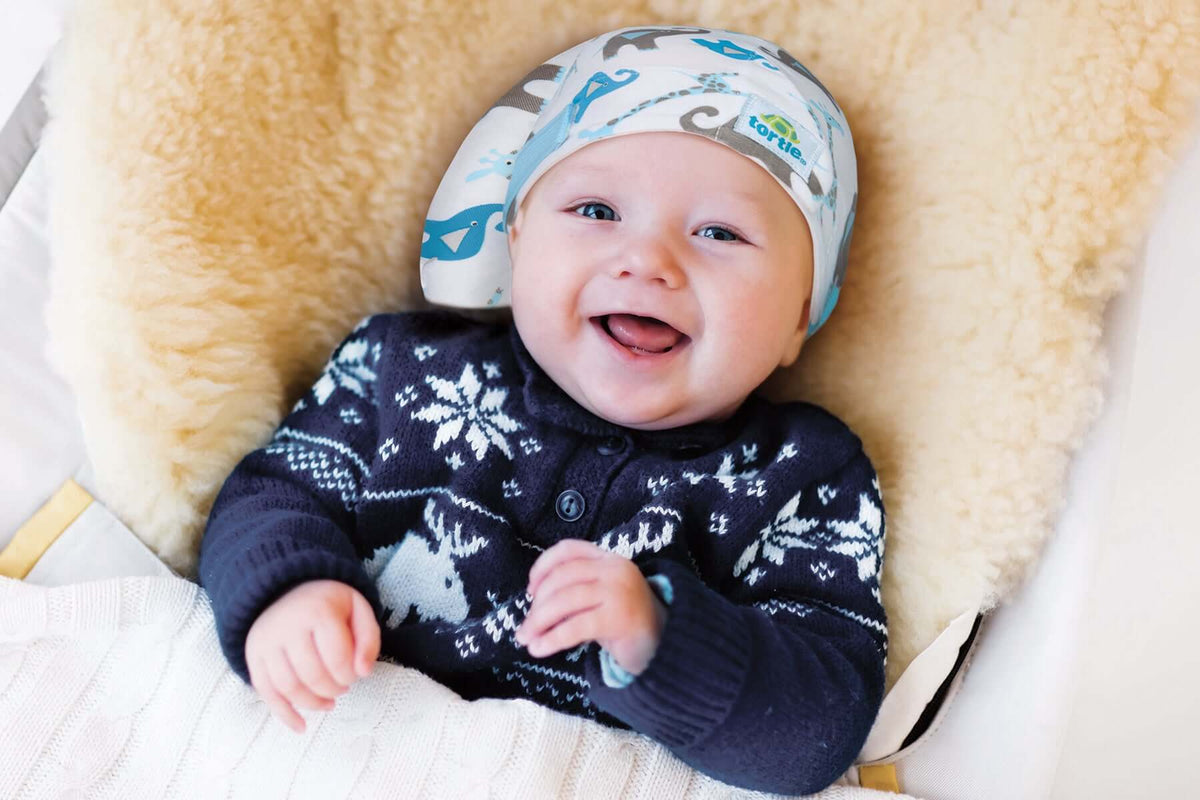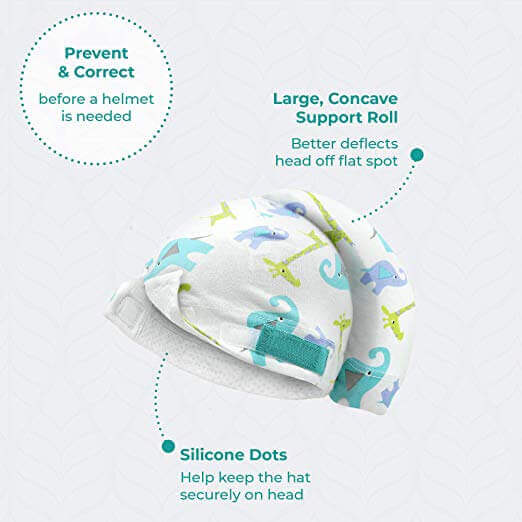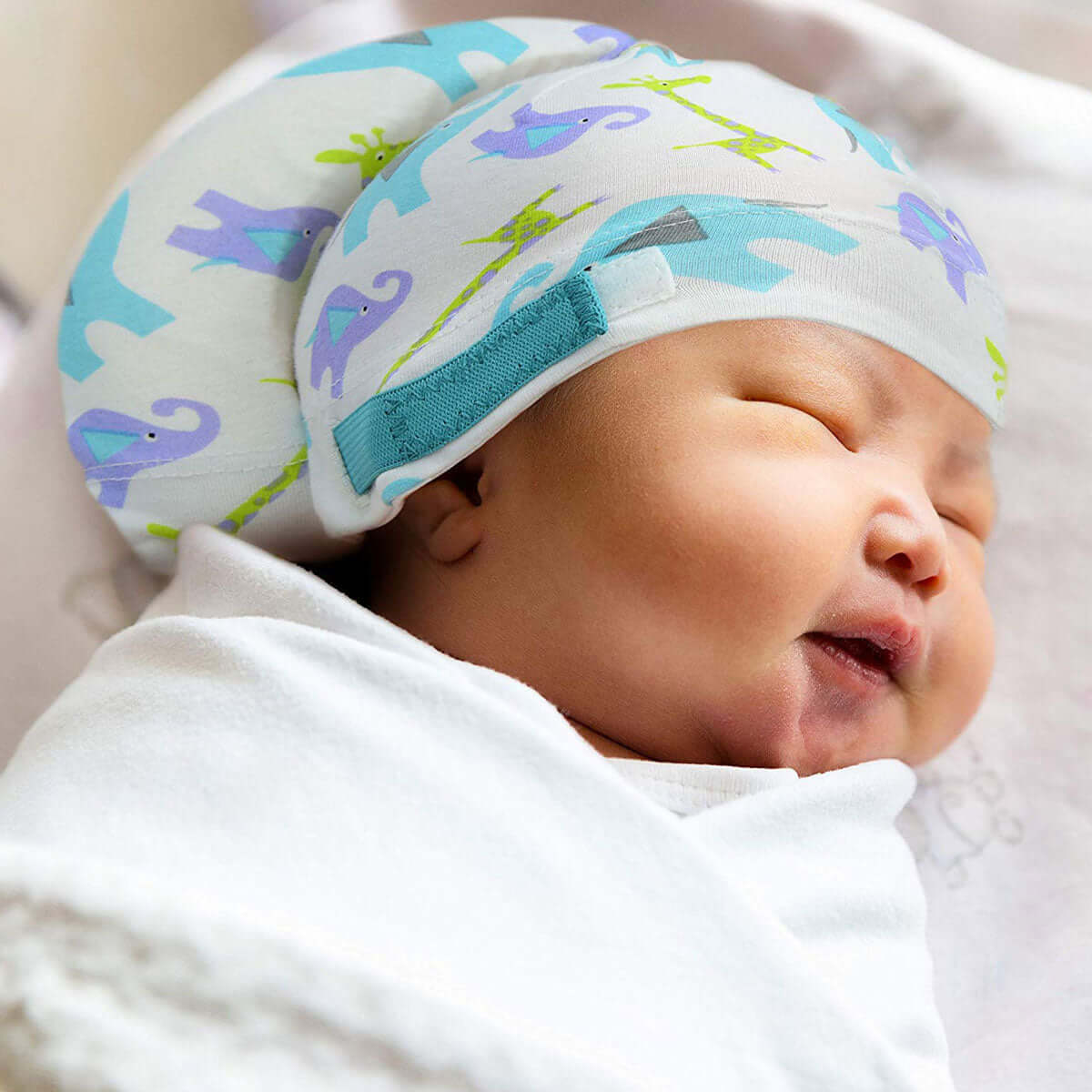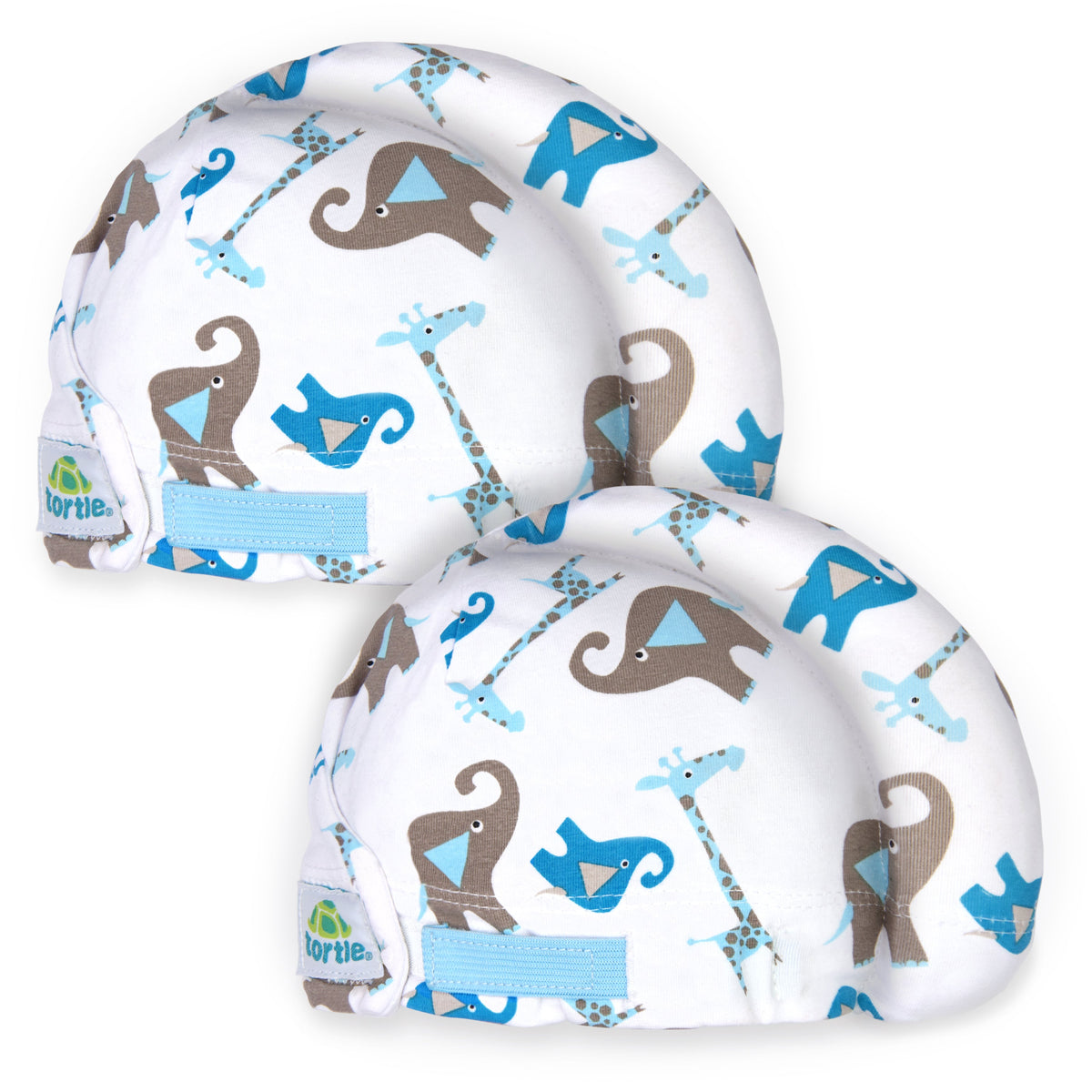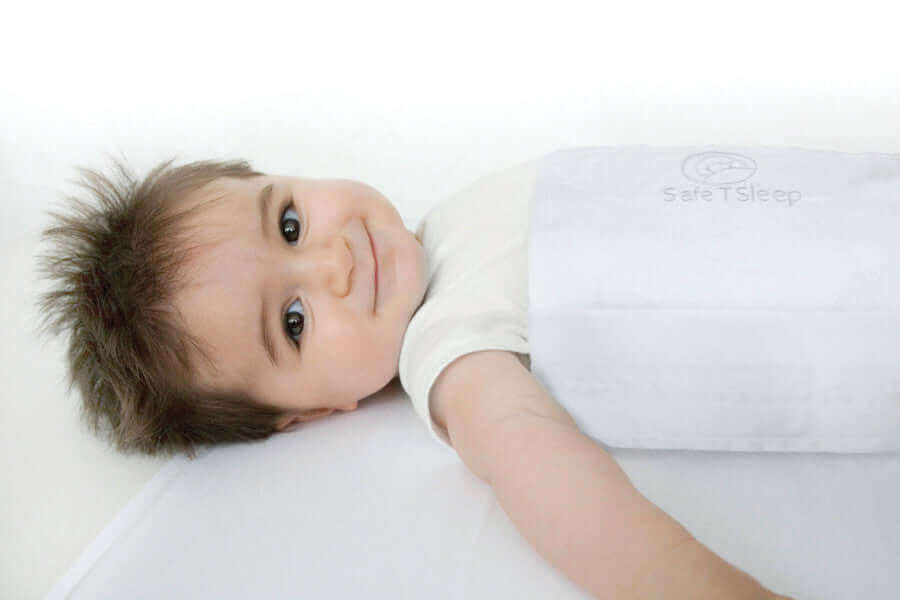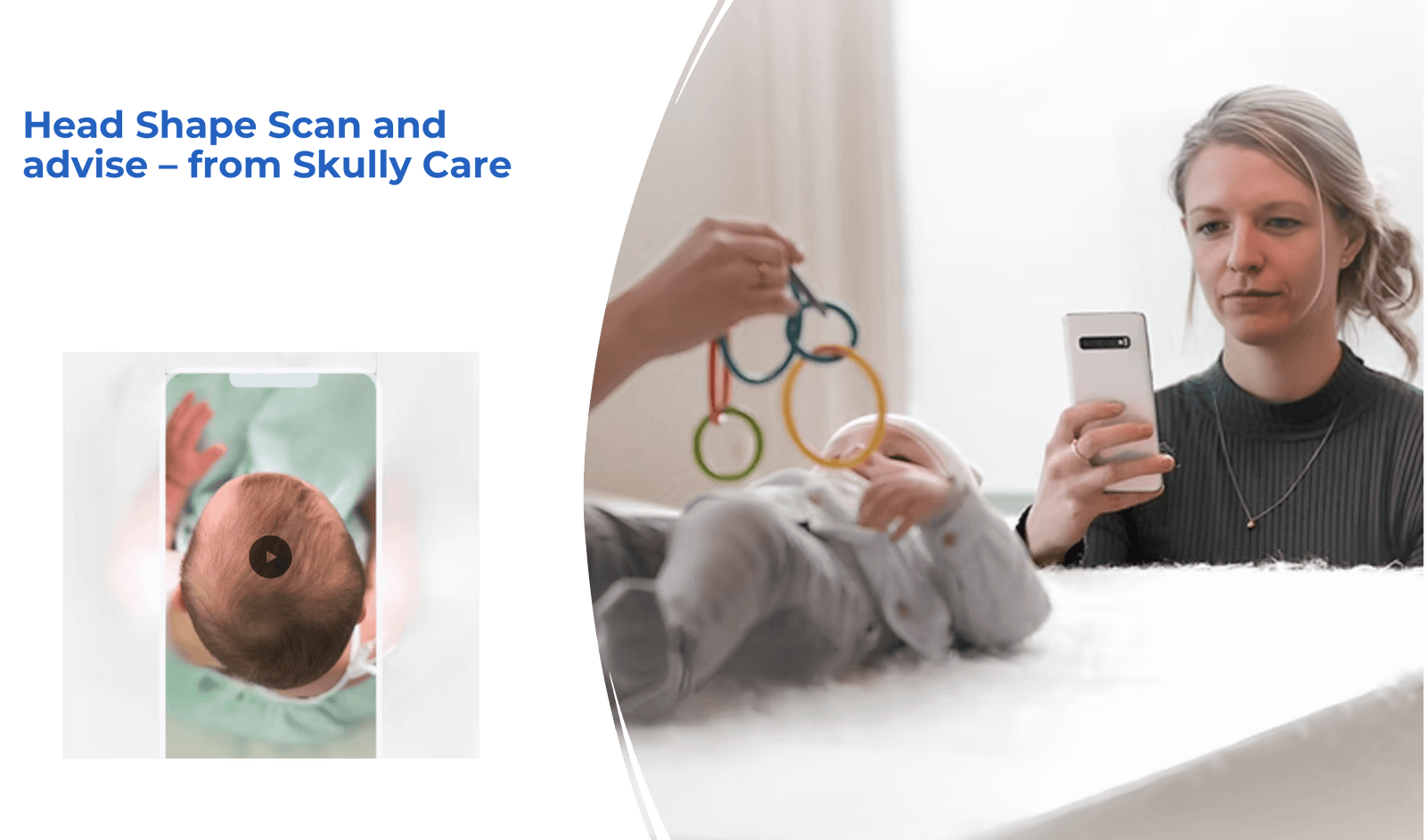Plagiocephaly
Bedding
Measurement
Torticollis
Positioning
Plagiocephaly
Baby Flat Head Syndrome (Positional Plagiocephaly)
Baby flat head syndrome or positional plagiocephaly commonly happens during first few months of life because a baby sleeps with the head turned to the same side for a prolong time. The pressure asserted on the soft skull causes a flat spot, either on the side or the back of the head.
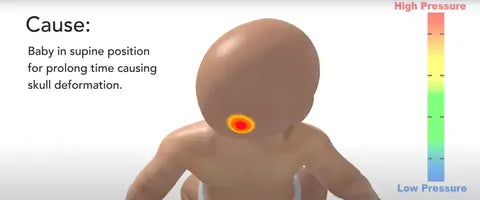
There are three main type of Flat Head - Positional Plagiocephaly, Brachycephaly and Scaphocephaly. These three type of skull deformation are commonly grouped together and referred to as “Flat Head Syndrome”.
Plagiocephaly is the most common type of misshapen head, and all the deformities are usually preventable.

We offer a range of evidence-based products recommended by healthcare professionals to help relieve, redistribute, and reduce pressure, effectively addressing the condition:
5.0 / 5.0
(1) 1 total reviews
The Causes Of Positional Plagiocephaly In Babies
According to NHS data, the likelihood of flat head syndrome occurring is higher for twins and multiple births. As well as premature babies or children who went through a traumatic labour process. Other common causes of a flat spot in babies' heads can occur more naturally.
The two main factors of baby flat head are as follows:
Sleep Position: Babies staying in the same supine position for prolonged periods is one of the main causes for the appearance of these deformities.
Constant pressure asserted between specific areas of the baby’s head against the firm, flat surface could flatten or misshape the relatively soft young baby’s skull. This is especially for the premature babies that spend a lot of time on their backs without being moved or picked up.
Torticollis: This is a condition where neck muscles develop tightness and make it hard for the babies to turn their head causing the head to tilt and/or turn to only one side. Most of the baby with torticollis of develop flat spot too and once they settle in the preferable position, the head deformity and torticollis can get worse. Therefore it is very important to work with paediatric physio, Osteopath or Chiropractor as soon as possible if torticollis involve. Congenital Muscular Torticollis (CMT) or Wryneck often develops in the first 2-4 weeks after birth, this is a condition where neck muscles develop tightness, causing the head to tilt and/or turn to one side. Limited head movement results from this tightness of neck muscles, making this group of infants most at risk for the development of flat head syndrome.
Occasionally, a flat spot or a flattened head can be caused by the plates of the skull fusing together too prematurely. This is called congenital plagiocephaly or more commonly known as Craniosynostosis. Luckily this is a very rare condition that only occurs in about 1 in every 2500 births, so most of the time there will be another reason for your child's flathead.
What Parents Can Do to Prevent and Treat Baby Flat Head?
We recommend the R.E.D technique for easy and effective prevention and treatment of baby flat head syndrome. These techniques are natural and safe and has been recommended by healthcare professionals.
1. Repositioning:
Repositioning (Supervised) - Some babies have a preferable side that they sleep on naturally, in which case the parent may have to intervene and change the position of their baby. This technique is called supervised repositioning. In order to take the pressure away from the flattened sides, parents are encouraged to change their baby’s sleeping position, to move any pressure to the alternate side of the head, using positioning aids. Tools such as Tortle Beanies and positioning wedge can help with the repositioning. Also, toys can be used to attract the attention of the baby to turn to the other side.
Rotation of baby's head - check if your baby has difficulty turning their head (potential Torticollis).
Referral - we encourage seeing a physiotherapist, Osteopath or Chiropractor that may help to loosen and strengthen their neck muscles.
2. Ease the pressure:
Reduce container time - or commonly-used piece of baby equipment that resembles a container, including: car seats, strollers, bouncy swings. Parents are encouraged to carry their baby as much as possible using a sling or baby carrier.
TummyTime (frequently and increase gradually) - This helps to remove the pressure from the flattened side of the skull and is also help to improves baby's motor skills development and great for training the muscles that your baby needs to sit up and crawl. Mimos® Play can be used to facilitate Tummy Time. Comprising three adjustable pieces, Mimos® Play adapts to your baby’s development from the first weeks of life until they can safely endure 1 hour of Tummy Time
3. Distribute the pressure:
While the corrective positioning of your baby may work well up to the age of 4 months, after this age, it can become very difficult to alter your baby's sleeping position. Babies usually have a preferred side which they will sleep on, meaning the pressure is usually focused on one side of the head. As a baby gets older it can be increasingly difficult to improve this sleeping position through repositioning. Furthermore , supervised repositioning requires unwavering attention, especially during the night, and may upset your baby if they feel uncomfortable being moved out of their chosen favorite position.
A specially designed medical pillow/cushion can be used to distribute the weight of a baby's head over a larger area so less pressure is placed on a particular point of their skull while the baby is lying on their back. This removes the need to worry about constantly re-positioning your baby. Simply place your baby so his or her head is located within the pillow's cavity. This will reduce the pressure by distributing the weight of the head over a much larger area of contact.
Mimos pillow is an European CE approved class I medical device. This patented pressure distribution device is made of 3D spacer fabric that has been tested for anti-suffocation or CO2 rebreathing safety. It is the only baby pillow in the market you can trust for its clinical efficacy and breathable safety. You could try Medibino cushion If you have a smaller space and budget.
These natural techniques are much recommended for mild and moderate cases compared to the controversial helmets and headbands treatment that cost more than £2000 and can come with adverse effects.
View products that can help to remove, alter and/or distribute pressure that causes plagiocephaly.
If your baby is diagnosed with Craniosynostosis, corrective surgery may be needed.
